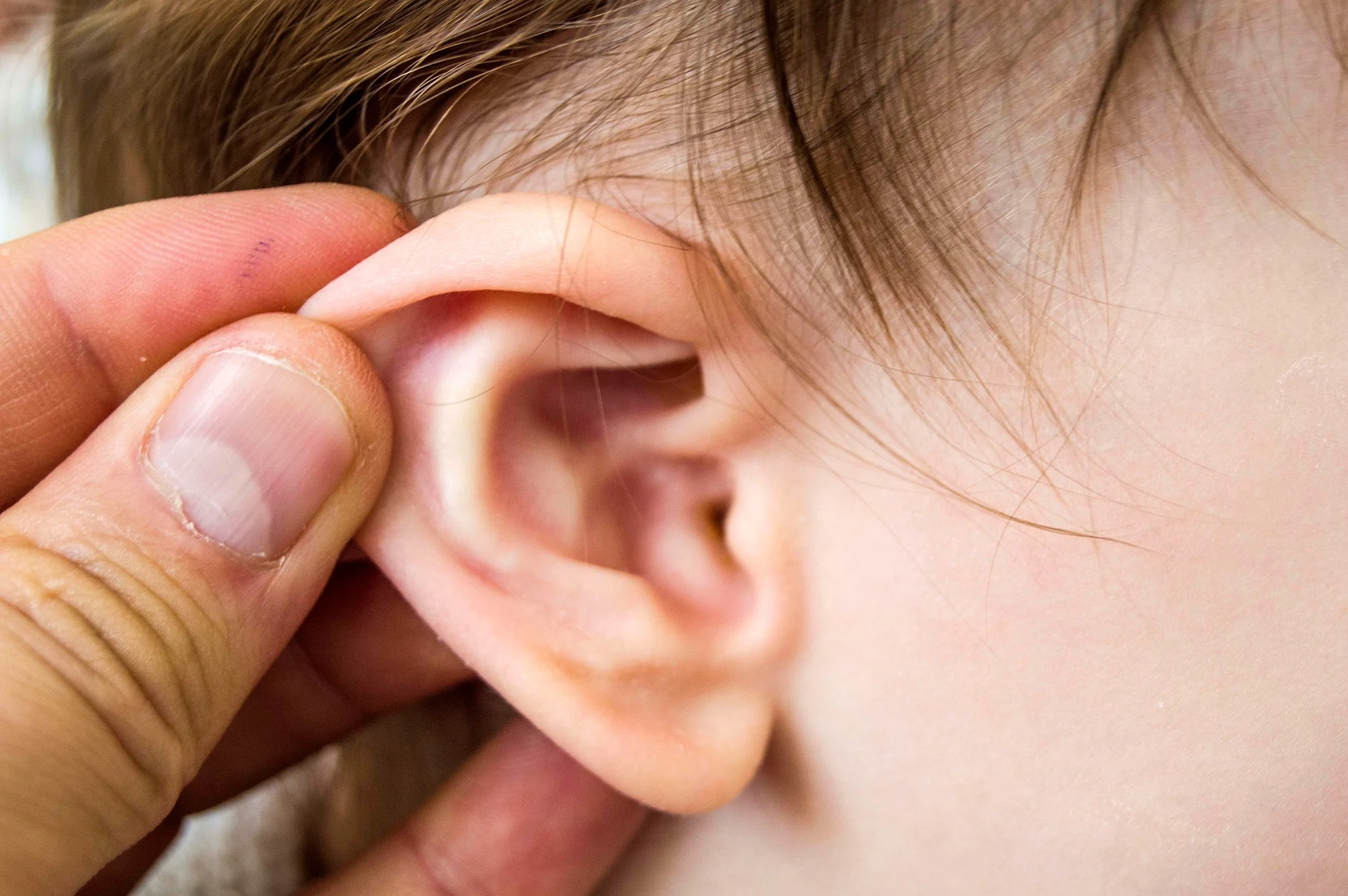
Young children often get sick. Ear infections are very common. Some kids experience them repeatedly. These are chronic ear infections. They can be incredibly frustrating. Parents feel helpless sometimes. Children suffer from pain. Their hearing might be affected. This can impact speech development. Understanding the causes is important. Various treatments are available. Early intervention helps greatly. Long-term health is the goal.
“Ear infections are very common.”
The middle ear is usually involved. It sits behind the eardrum. It contains tiny bones. Air normally fills this space. Infections cause fluid to build. This fluid puts pressure on the eardrum. It leads to significant pain. Bacteria or viruses cause infection. Young children are more prone. Their Eustachian tubes are different. These tubes connect the middle ear to the throat. They are smaller and more horizontal. This makes drainage difficult.
“Some kids experience them repeatedly.”
Recurrent infections are a problem. A child might have many in a year. This pattern defines chronic issues. It indicates an underlying susceptibility. Weakened immune systems contribute. Allergies can play a role. Exposure to smoke is a factor. Daycare attendance increases risk. Genetic predispositions also exist. Some children are just more prone. This requires a different approach. Proactive management is necessary.
“Children suffer from pain.”
Ear pain is often severe. Kids might pull at their ears. They may cry inconsolably. Fever is a common symptom. They could have trouble sleeping. Irritability increases significantly. Reduced appetite is also seen. Babies cannot express their pain. They show distress through behavior. Recognizing these signs is crucial. Prompt attention brings relief. Comforting them is a priority.
“Their hearing might be affected.”
Fluid in the middle ear muffles sound. It impacts how sounds travel. This causes temporary hearing loss. Repeated episodes worsen this. Persistent fluid can cause issues. It can affect a child’s learning. Speech development might slow down. Understanding language becomes harder. This is a serious concern. Early detection is very important. Addressing hearing loss is vital. It supports overall development.
“This can impact speech development.”
Clear hearing is essential for speech. Children learn language by listening. If sounds are muffled, learning slows. They might mispronounce words. Their vocabulary may be limited. Sentences could be less complex. This delay can frustrate children. It affects their communication skills. Early intervention helps catch up. Speech therapy may be needed. Protecting hearing is key for speech. It fosters proper linguistic growth.
“Understanding the causes is important.”
Knowing why infections recur helps. Enlarged adenoids can block tubes. These are lymphoid tissues. They sit in the upper throat. Allergies cause inflammation too. Frequent colds also contribute. Exposure to smoke is a big factor. Genetic predisposition plays a role. Underlying immune issues are possible. Identifying the root cause guides action. It leads to more effective treatment. A thorough medical history is taken.
“Various treatments are available.”
Treatment depends on the cause. Antibiotics treat bacterial infections. These are prescribed by a doctor. Pain relievers help with discomfort. Ibuprofen or acetaminophen are common. Warm compresses can soothe. Observation might be an option. Some infections clear on their own. However, chronic cases need more. Proactive measures are often required. Surgical options exist too.
“Early intervention helps greatly.”
Acting quickly prevents problems. Don’t ignore persistent symptoms. Consult a doctor without delay. Prompt treatment prevents complications. It reduces the impact on hearing. It lessens the risk of speech delays. Early action improves outcomes. It eases the child’s suffering. It supports family well-being. It helps the child thrive. Being proactive is beneficial.
“Long-term health is the goal.”
The aim is lasting well-being. Preventing future infections is key. Reducing risk factors is important. Avoiding smoke exposure helps. Managing allergies is beneficial. Boosting immunity can assist. Addressing underlying issues helps. The goal is fewer sick days. It means better hearing. It supports healthy development. It improves the child’s quality of life. This takes a sustained effort.
“Proactive management is necessary.”
Waiting for problems isn’t ideal. Taking steps to prevent recurrence is vital. This includes regular doctor visits. Following treatment plans is essential. Discussing preventative measures helps. Immunizations are important for kids. Good hand hygiene prevents colds. Avoiding allergens reduces inflammation. Creating a healthy environment helps. These actions reduce infection frequency. They foster better ear health.
“Surgical options exist too.”
For persistent issues, surgery helps. Ear tubes are a common solution. Myringotomy with tube insertion is done. Small tubes are placed in the eardrum. They allow fluid to drain. They equalize middle ear pressure. This prevents fluid buildup. It restores normal hearing. This surgery is routine. Adenoidectomy is another option. Removing adenoids can help. It clears blocked Eustachian tubes.
“This surgery is routine.”
Ear tube placement is common. It’s a quick, outpatient procedure. A surgeon makes a tiny incision. A small tube goes into the eardrum. General anesthesia is used. The child goes home the same day. Recovery is generally fast. Complications are rare but possible. Infection at the site can occur. Tubes usually fall out naturally. This happens after several months.
“Adenoidectomy is another option.”
Adenoids are part of the immune system. They can become enlarged. This blocks Eustachian tubes. Removing them can reduce infections. This surgery is also routine. It’s done under general anesthesia. It’s considered when adenoids cause problems. It helps improve breathing too. It can significantly decrease ear infections. It offers long-term relief for some children.
“Protecting hearing is key for speech.”
Addressing hearing loss is critical. Early identification is paramount. Regular hearing tests are recommended. Especially for children with chronic infections. Speech-language pathologists can help. They support language development. They provide targeted interventions. Protecting auditory health is vital. It impacts overall communication. It aids social and academic growth. It gives children their best chance.
“This takes a sustained effort.”
Managing chronic ear infections demands patience. It is not a quick fix. Consistent communication with doctors is needed. Adhering to treatment plans is vital. Monitoring for symptoms is ongoing. Advocating for the child helps. This collective effort improves outcomes. It fosters resilience in families. It empowers parents in their role. The journey has its challenges. But persistence yields results.
For children battling chronic ear infections, understanding causes and exploring treatments like ear tubes can restore hearing and improve development.
